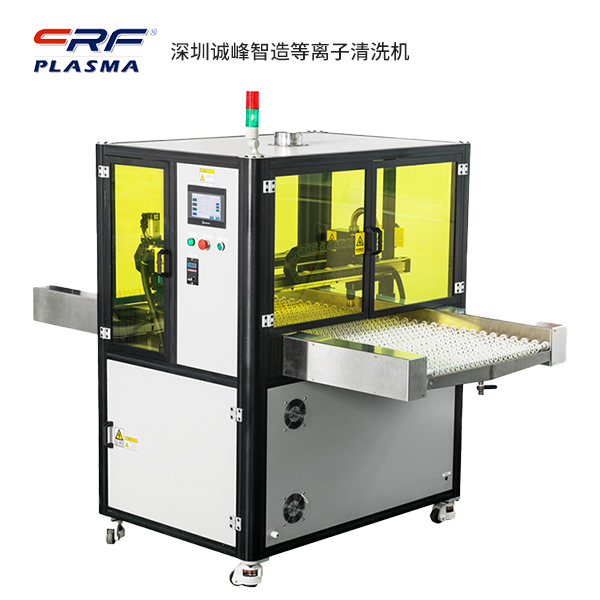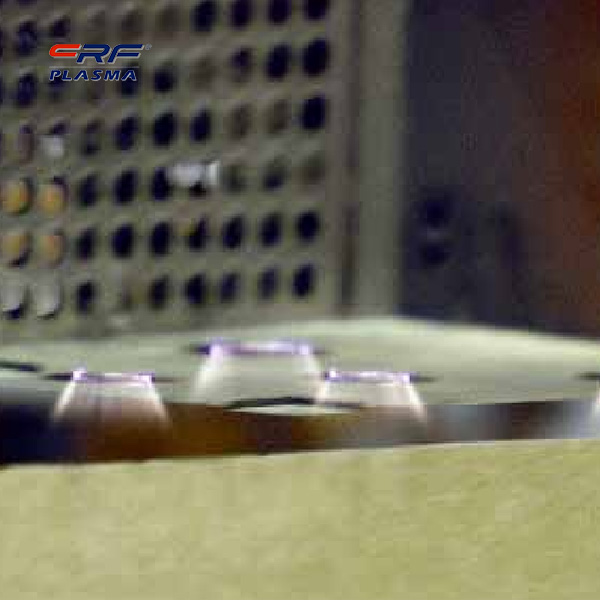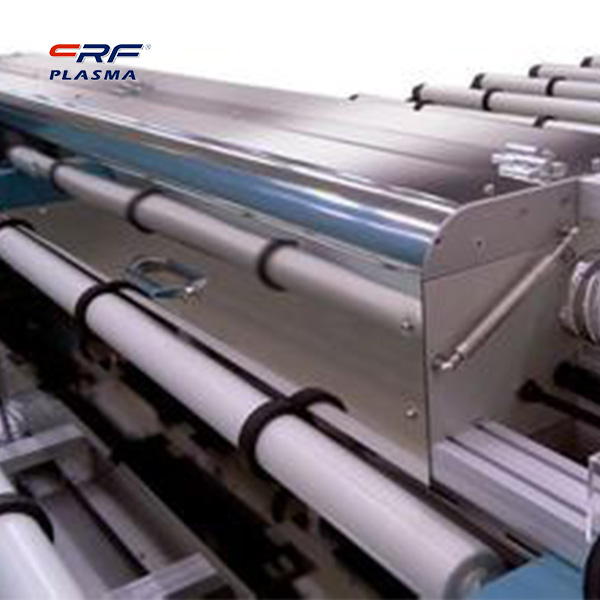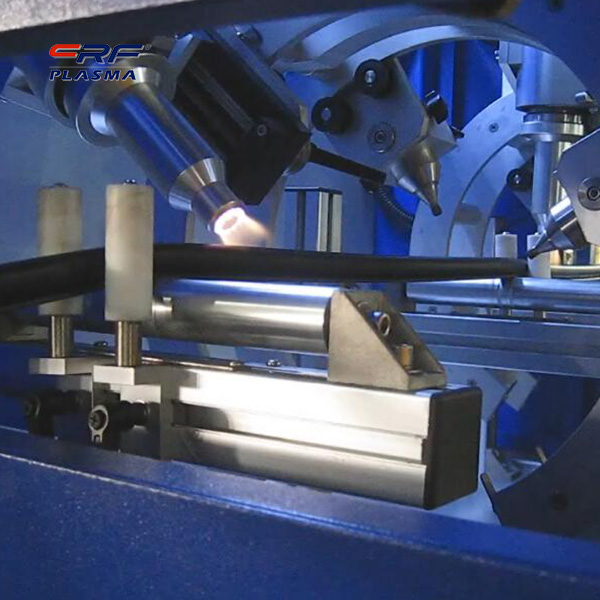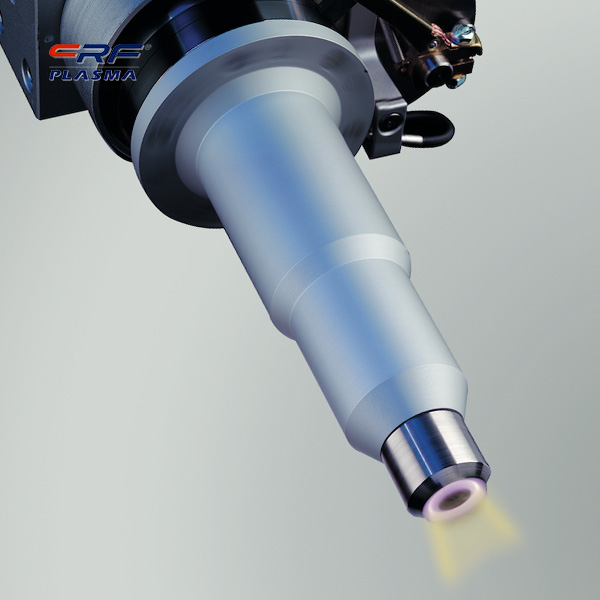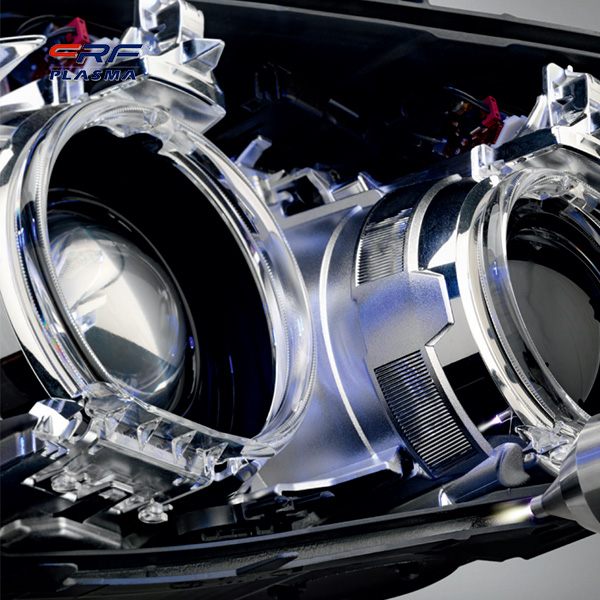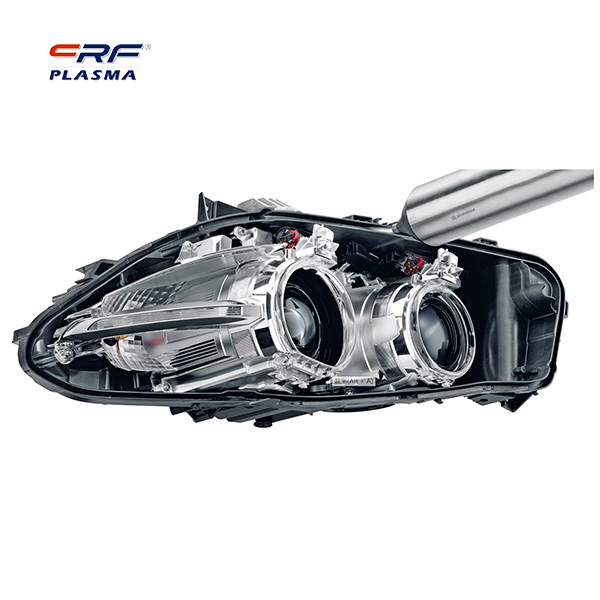
Welcome to Shenzhen Sing Fung Intelligent Manufacturing Co., Ltd.
E-mail:shaobo@sfi-crf.com
The application of six types of surface treatment plasma cleaners removes residues on the surface of products
- Categories:Industry News
- Author:Plasma cleaning machine-CRF plasma plasma equipment-plasma surface treatment machine manufacturer-chengfeng intelligent manufacturing
- Origin:
- Time of issue:2022-03-20
- Views:
(Summary description)The application of six types of surface treatment plasma cleaners removes residues on the surface of products: In view of the wide application of plasma cleaners in all walks of life, CRF Chengfeng Zhizao Xiaobian summarized 6 solutions for the application of plasma cleaners. The solution to surface activation, after treatment with plasma surface treatment machine, can improve surface energy, hydrophilicity, increase adhesion, adhesion strength, etc. In the cleaning process, the plasma surface treatment machine is used in conjunction with different gases, and the dirt effect of the cleaning residues is also very different. Among these gases, the inert gas argon (Ar) is commonly used, which is often used in conjunction with argon in the cleaning process of vacuum equipment, which can effectively remove nano-scale pollutants on the surface. The solution to the etching of the material surface is to selectively use the reactive gas plasma to corrode the material surface, so that the impurities on the corroded material are converted into gas, and then discharged through a vacuum pump. Hydrophilic. In order to enhance the etching effect, oxygen (O2) can be introduced, which can effectively remove organic pollutants such as photoresist. Nano coating solution, through the treatment of plasma cleaning machine, plasma guide polymerization to form nano coating. Various materials can obtain hydrophobicity (hydrophobicity), hydrophilicity (hydrophilic), lipophobicity (anti-fat), and oleophobicity (anti-oil) through surface coating. There is also some hydrogen (H2) that can be used in combination with other oxides that are difficult to remove, usually using a hydrogen-nitrogen gas mixture (95% nitrogen mixed with 5% hydrogen). TSP/OLED product solutions, in terms of TSP: cleaning the main process of the touch screen, improving the adhesion/coating force on OCA/OCR, lamination, ACF, AR/AF and other processes, through various atmospheric pressure plasma It can eliminate air bubbles/foreign objects, and evenly discharge various glasses and films, so that the surface is not damaged. Nitrogen (N2) is a widely used gas and its production cost is low. The gas of the present invention is mainly combined with the online plasma cleaning machine technology to perform surface activation modification on the material. Can also be used in vacuum environments. Nitrogen (N2) is a gas that improves the wettability of material surfaces. The solution for vacuum plasma cleaning machine equipment, due to the high energy density in the vacuum plasma, virtually all powders with a stable molten phase can be transformed into dense, firmly attached spray coatings, and the quality of the coating depends on The instantaneous melting degree when the sprayed powder particles hit the surface of the workpiece. Vacuum plasma spray technology provides a new way for the production of modern coating machines. The surface cleaning solution uses radio frequency power to generate high-energy, disordered plasma in the vacuum plasma cavity, and the surface of the cleaned product is bombarded by the plasma, so that the surface contaminants are detached from the product, so as to achieve the purpose of cleaning. In addition, there are some special gases, such as carbon tetrafluoride (CF4), sulfur hexafluoride (SF6), etc., the use of these gases in the plasma cleaner is more important for the etching and removal of organic substances.
The application of six types of surface treatment plasma cleaners removes residues on the surface of products
(Summary description)The application of six types of surface treatment plasma cleaners removes residues on the surface of products:
In view of the wide application of plasma cleaners in all walks of life, CRF Chengfeng Zhizao Xiaobian summarized 6 solutions for the application of plasma cleaners. The solution to surface activation, after treatment with plasma surface treatment machine, can improve surface energy, hydrophilicity, increase adhesion, adhesion strength, etc. In the cleaning process, the plasma surface treatment machine is used in conjunction with different gases, and the dirt effect of the cleaning residues is also very different. Among these gases, the inert gas argon (Ar) is commonly used, which is often used in conjunction with argon in the cleaning process of vacuum equipment, which can effectively remove nano-scale pollutants on the surface.
The solution to the etching of the material surface is to selectively use the reactive gas plasma to corrode the material surface, so that the impurities on the corroded material are converted into gas, and then discharged through a vacuum pump. Hydrophilic. In order to enhance the etching effect, oxygen (O2) can be introduced, which can effectively remove organic pollutants such as photoresist.
Nano coating solution, through the treatment of plasma cleaning machine, plasma guide polymerization to form nano coating. Various materials can obtain hydrophobicity (hydrophobicity), hydrophilicity (hydrophilic), lipophobicity (anti-fat), and oleophobicity (anti-oil) through surface coating. There is also some hydrogen (H2) that can be used in combination with other oxides that are difficult to remove, usually using a hydrogen-nitrogen gas mixture (95% nitrogen mixed with 5% hydrogen).
TSP/OLED product solutions, in terms of TSP: cleaning the main process of the touch screen, improving the adhesion/coating force on OCA/OCR, lamination, ACF, AR/AF and other processes, through various atmospheric pressure plasma It can eliminate air bubbles/foreign objects, and evenly discharge various glasses and films, so that the surface is not damaged. Nitrogen (N2) is a widely used gas and its production cost is low. The gas of the present invention is mainly combined with the online plasma cleaning machine technology to perform surface activation modification on the material. Can also be used in vacuum environments. Nitrogen (N2) is a gas that improves the wettability of material surfaces.
The solution for vacuum plasma cleaning machine equipment, due to the high energy density in the vacuum plasma, virtually all powders with a stable molten phase can be transformed into dense, firmly attached spray coatings, and the quality of the coating depends on The instantaneous melting degree when the sprayed powder particles hit the surface of the workpiece. Vacuum plasma spray technology provides a new way for the production of modern coating machines.
The surface cleaning solution uses radio frequency power to generate high-energy, disordered plasma in the vacuum plasma cavity, and the surface of the cleaned product is bombarded by the plasma, so that the surface contaminants are detached from the product, so as to achieve the purpose of cleaning. In addition, there are some special gases, such as carbon tetrafluoride (CF4), sulfur hexafluoride (SF6), etc., the use of these gases in the plasma cleaner is more important for the etching and removal of organic substances.
- Categories:Industry News
- Author:Plasma cleaning machine-CRF plasma plasma equipment-plasma surface treatment machine manufacturer-chengfeng intelligent manufacturing
- Origin:
- Time of issue:2022-03-20 21:43
- Views:
The application of six types of surface treatment plasma cleaners removes residues on the surface of products:
In view of the wide application of plasma cleaners in all walks of life, CRF Chengfeng Zhizao Xiaobian summarized 6 solutions for the application of plasma cleaners. The solution to surface activation, after treatment with plasma surface treatment machine, can improve surface energy, hydrophilicity, increase adhesion, adhesion strength, etc. In the cleaning process, the plasma surface treatment machine is used in conjunction with different gases, and the dirt effect of the cleaning residues is also very different. Among these gases, the inert gas argon (Ar) is commonly used, which is often used in conjunction with argon in the cleaning process of vacuum equipment, which can effectively remove nano-scale pollutants on the surface.
The solution to the etching of the material surface is to selectively use the reactive gas plasma to corrode the material surface, so that the impurities on the corroded material are converted into gas, and then discharged through a vacuum pump. Hydrophilic. In order to enhance the etching effect, oxygen (O2) can be introduced, which can effectively remove organic pollutants such as photoresist.
 Nano coating solution, through the treatment of plasma cleaning machine, plasma guide polymerization to form nano coating. Various materials can obtain hydrophobicity (hydrophobicity), hydrophilicity (hydrophilic), lipophobicity (anti-fat), and oleophobicity (anti-oil) through surface coating. There is also some hydrogen (H2) that can be used in combination with other oxides that are difficult to remove, usually using a hydrogen-nitrogen gas mixture (95% nitrogen mixed with 5% hydrogen).
Nano coating solution, through the treatment of plasma cleaning machine, plasma guide polymerization to form nano coating. Various materials can obtain hydrophobicity (hydrophobicity), hydrophilicity (hydrophilic), lipophobicity (anti-fat), and oleophobicity (anti-oil) through surface coating. There is also some hydrogen (H2) that can be used in combination with other oxides that are difficult to remove, usually using a hydrogen-nitrogen gas mixture (95% nitrogen mixed with 5% hydrogen).
TSP/OLED product solutions, in terms of TSP: cleaning the main process of the touch screen, improving the adhesion/coating force on OCA/OCR, lamination, ACF, AR/AF and other processes, through various atmospheric pressure plasma It can eliminate air bubbles/foreign objects, and evenly discharge various glasses and films, so that the surface is not damaged. Nitrogen (N2) is a widely used gas and its production cost is low. The gas of the present invention is mainly combined with the online plasma cleaning machine technology to perform surface activation modification on the material. Can also be used in vacuum environments. Nitrogen (N2) is a gas that improves the wettability of material surfaces.
The solution for vacuum plasma cleaning machine equipment, due to the high energy density in the vacuum plasma, virtually all powders with a stable molten phase can be transformed into dense, firmly attached spray coatings, and the quality of the coating depends on The instantaneous melting degree when the sprayed powder particles hit the surface of the workpiece. Vacuum plasma spray technology provides a new way for the production of modern coating machines.
The surface cleaning solution uses radio frequency power to generate high-energy, disordered plasma in the vacuum plasma cavity, and the surface of the cleaned product is bombarded by the plasma, so that the surface contaminants are detached from the product, so as to achieve the purpose of cleaning. In addition, there are some special gases, such as carbon tetrafluoride (CF4), sulfur hexafluoride (SF6), etc., the use of these gases in the plasma cleaner is more important for the etching and removal of organic substances.
Scan the QR code to read on your phone

TEL:0755-3367 3020 / 0755-3367 3019

E-mail:sales-sfi@sfi-crf.com

ADD:Mabao Industrial Zone, Huangpu, Baoan District, Shenzhen




